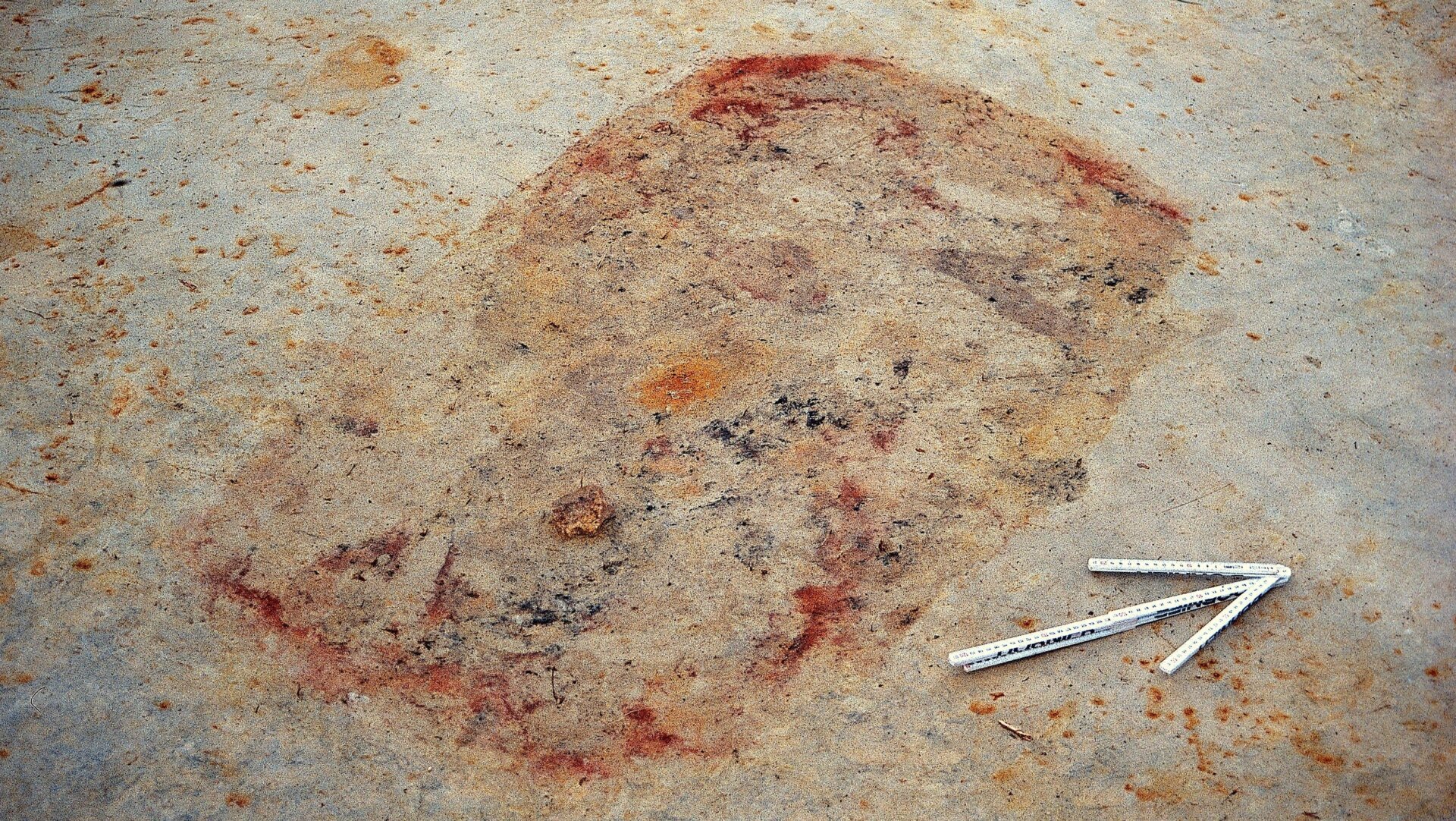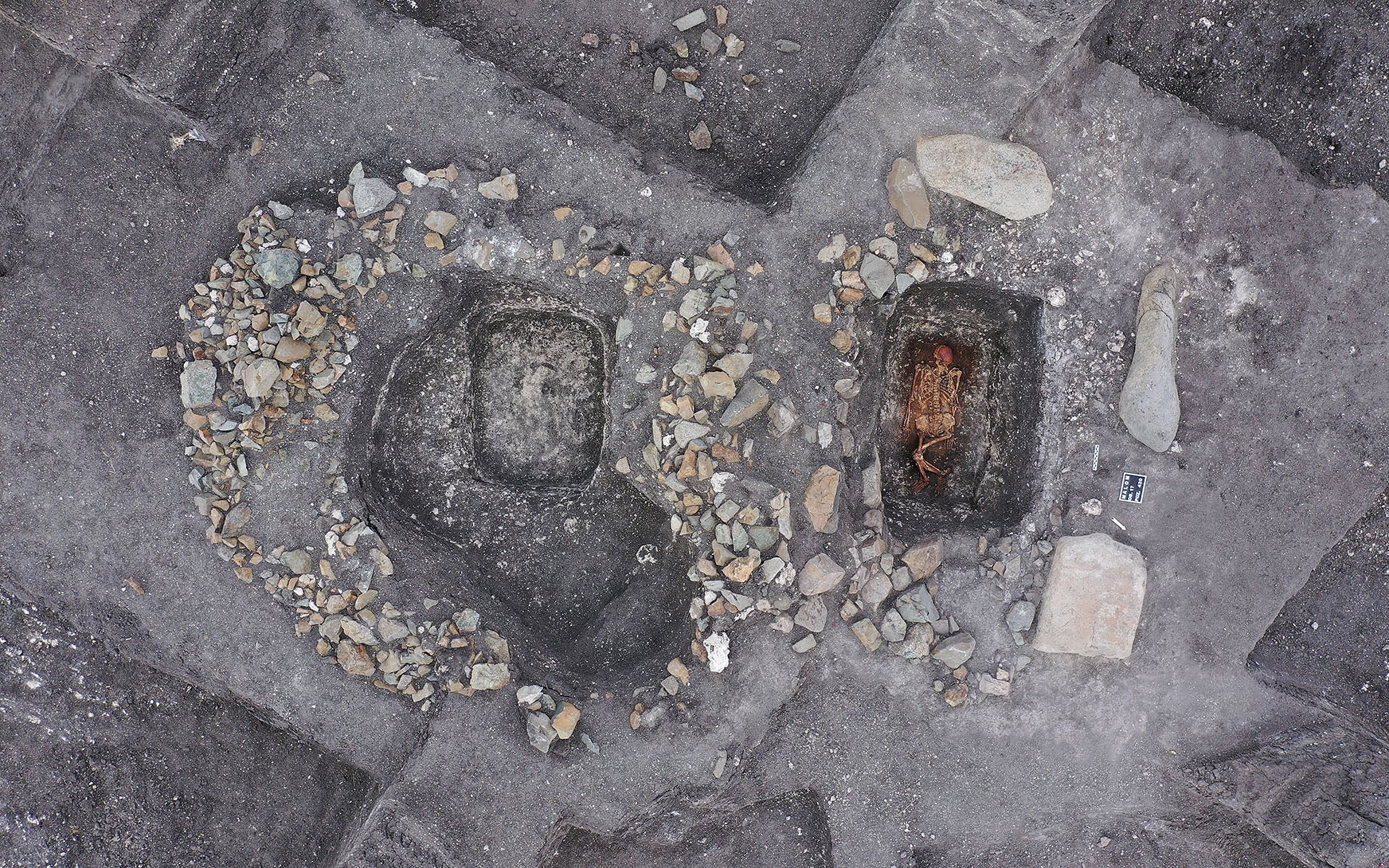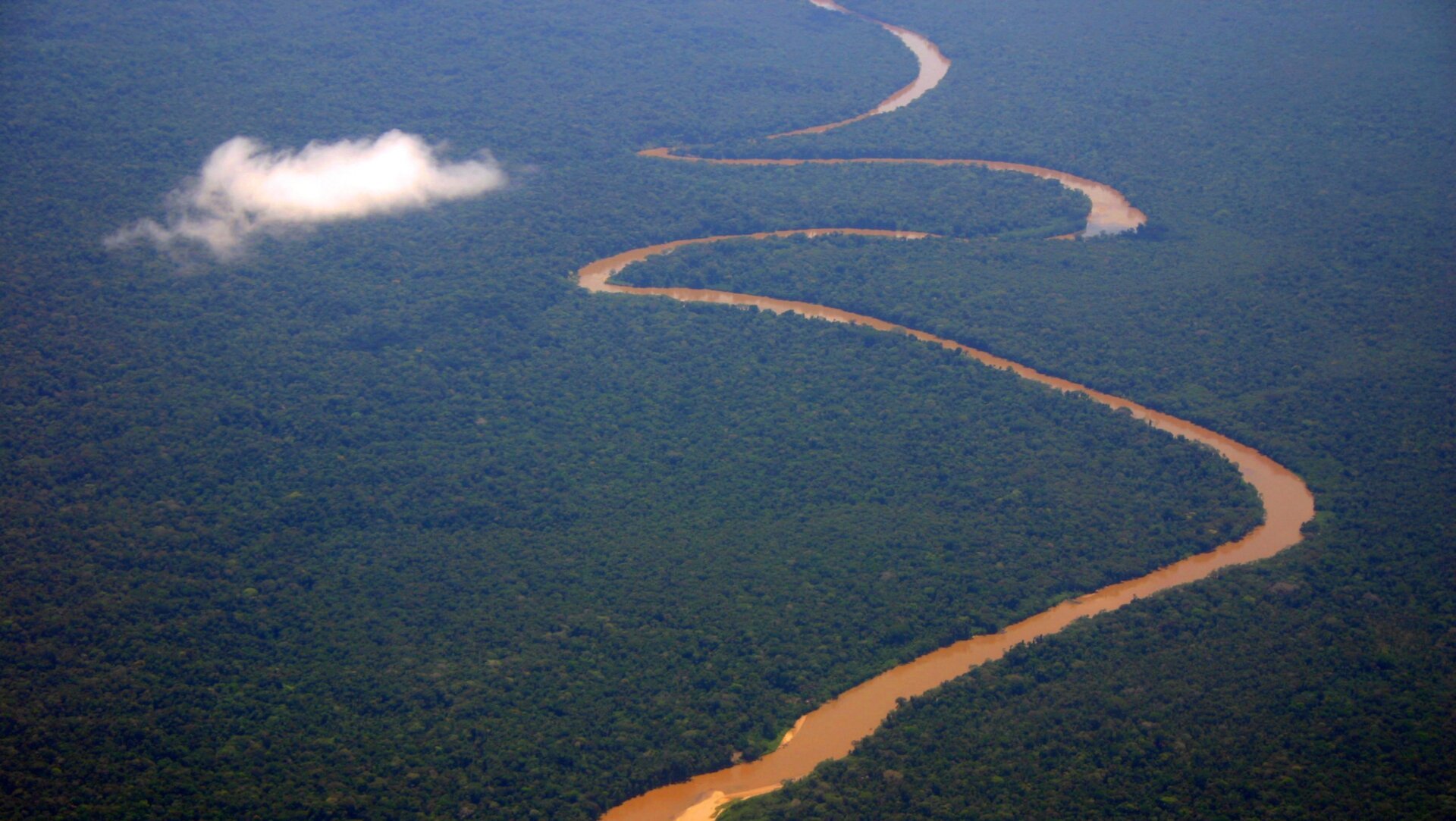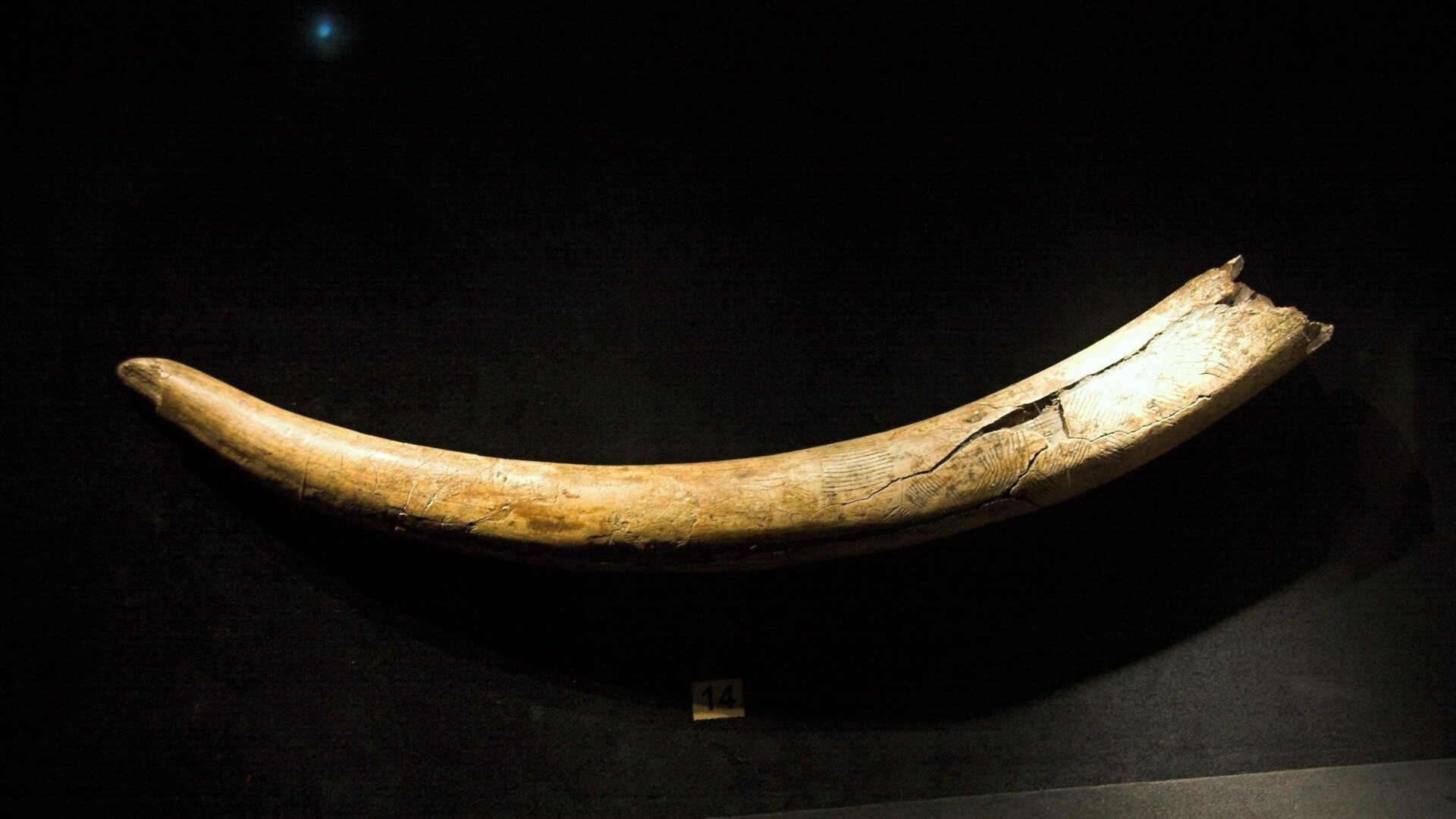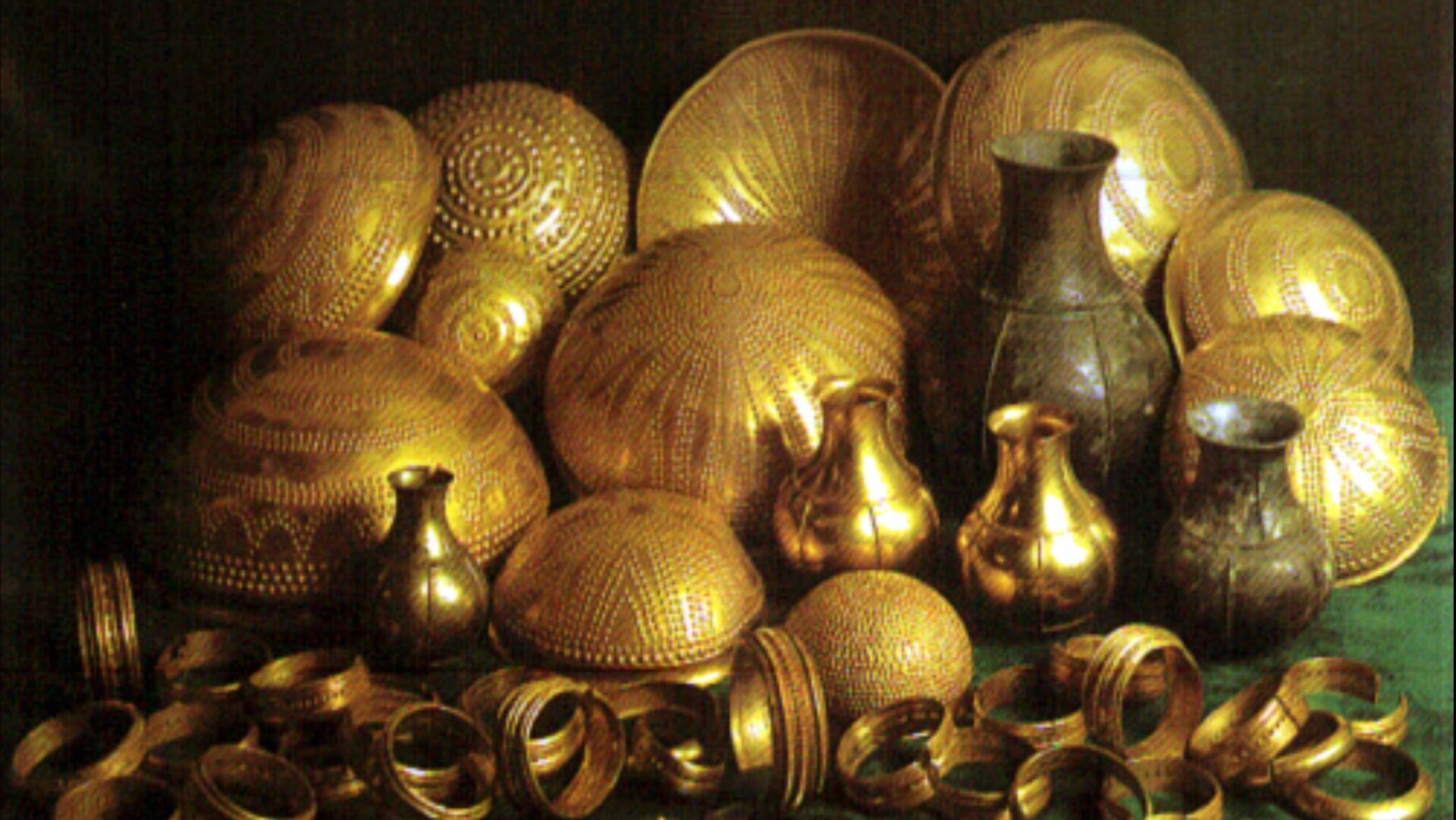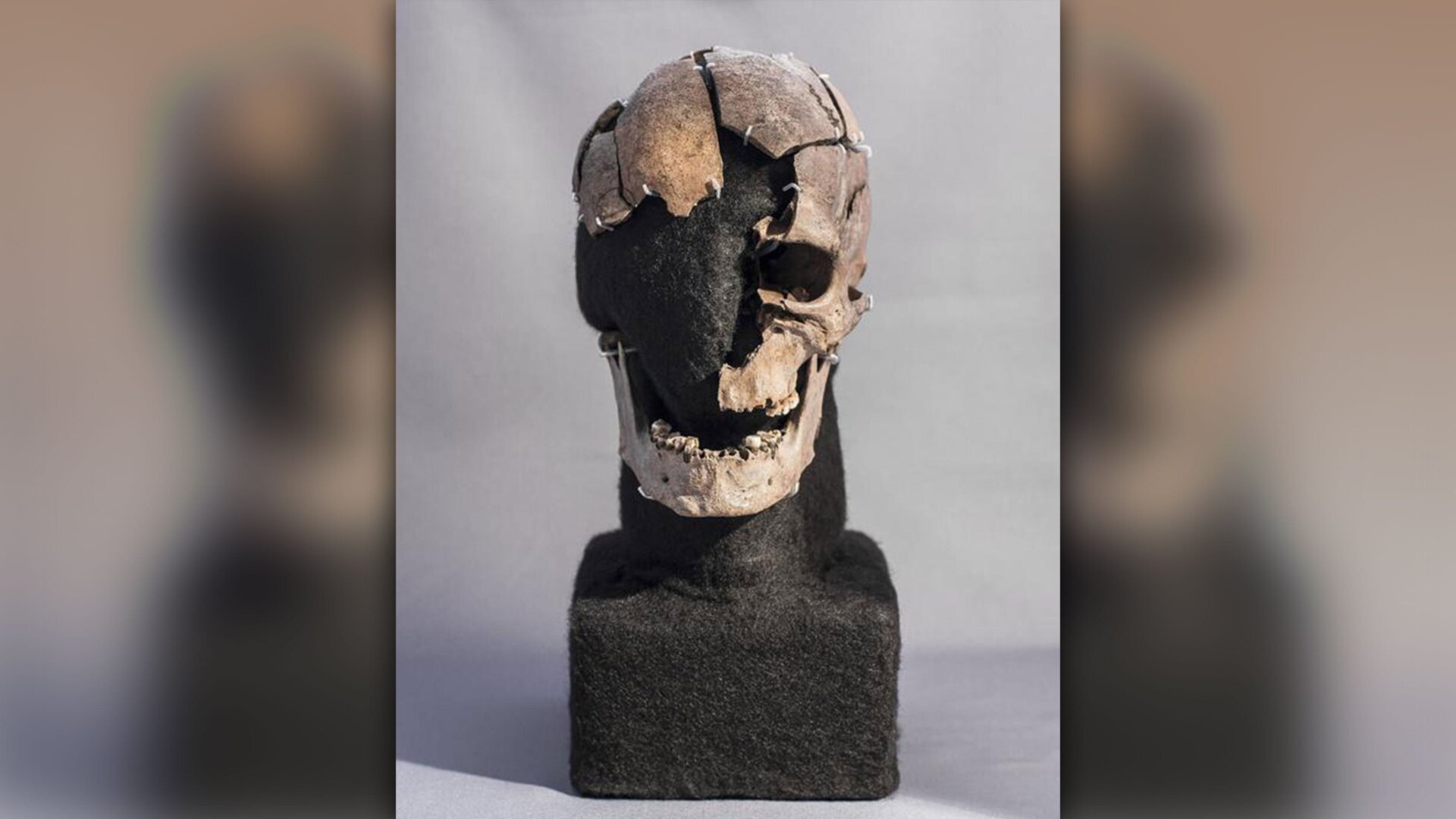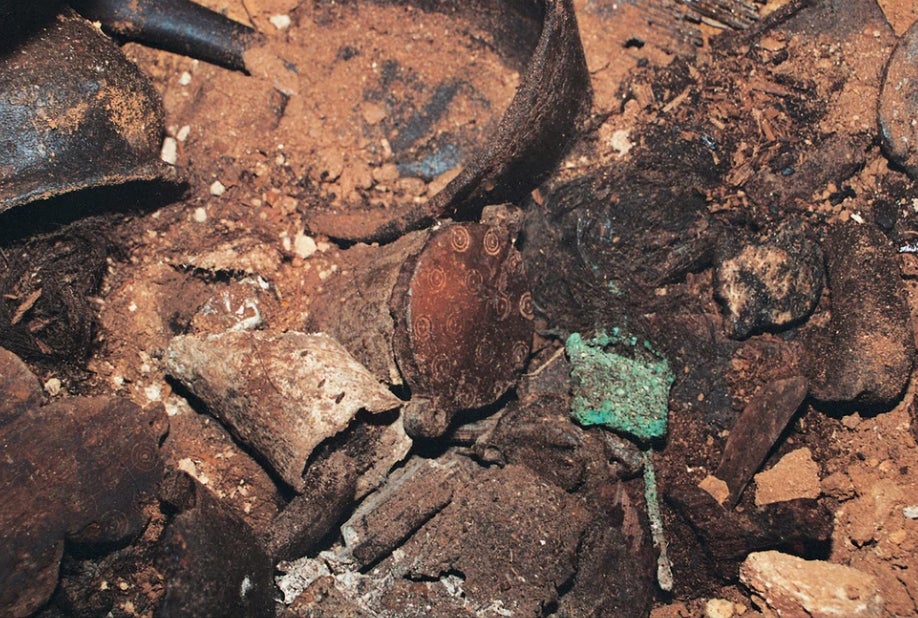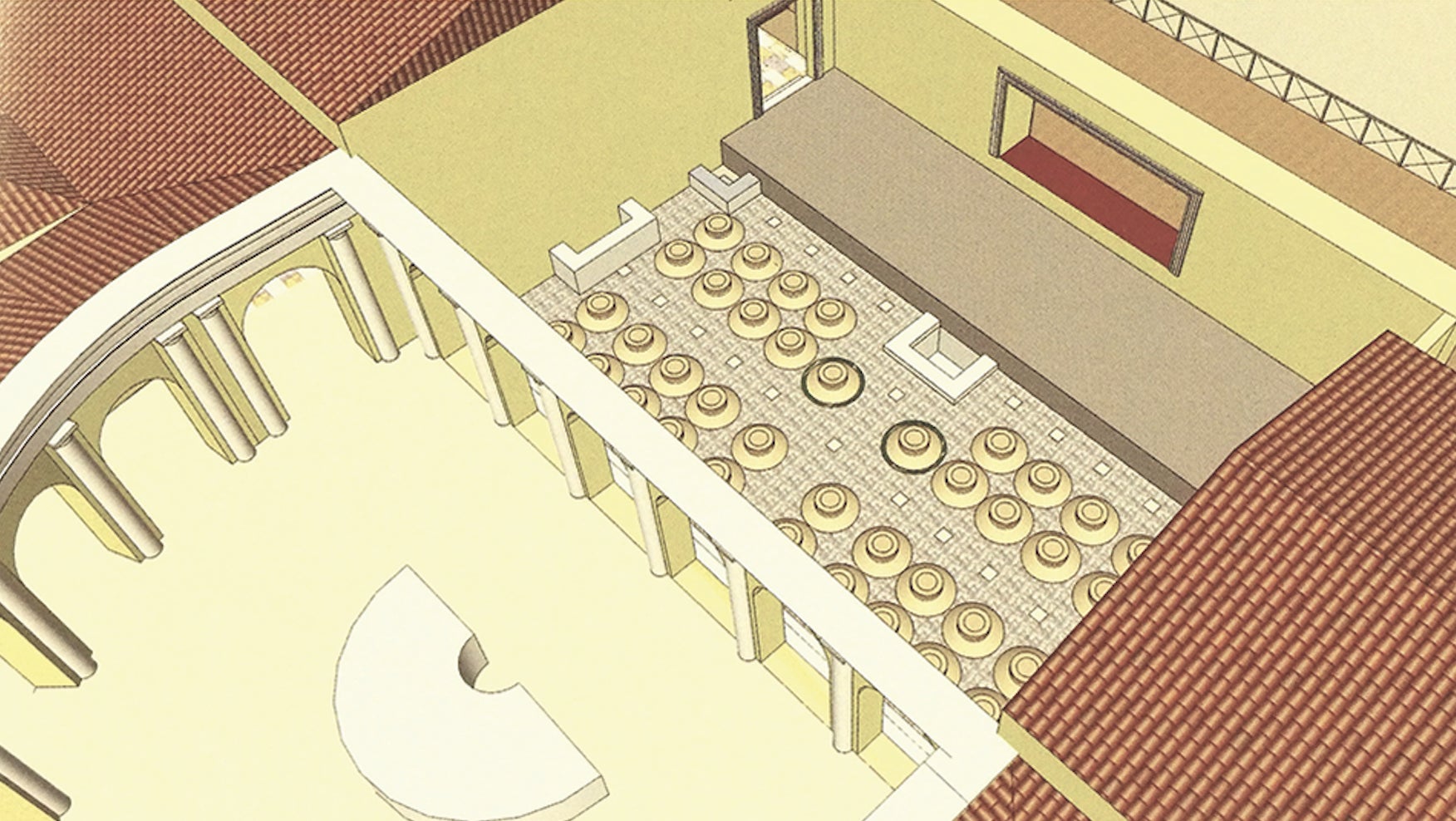The Tainiaro archaeological site in Finnish Lapland, situated approximately 50 miles (80 kilometers) south of the Arctic Circle, has long been recognized as a significant Stone Age cemetery. Recent research, however, reveals a scale far larger than previously imagined. While excavations in the 1980s and 1990s identified around 40 graves, a 2018 study suggests the presence of at least 120, and possibly over 200, burials, tripling earlier estimates. This remarkable discovery challenges our understanding of prehistoric life in northern regions.
The acidic soil at Tainiaro has unfortunately destroyed all human remains, making traditional archaeological investigation challenging. The primary evidence remaining consists of the outlines of pits and traces of red ochre, a pigment commonly used in Neolithic burial rituals. “Stone Age graves leave behind only the shapes of pits and red ochre, which is scarce at Tainiaro,” explains Aki Hakonen, lead author of the study and archaeologist at the University of Oulu in Finland. “The evidence is quite elusive.”
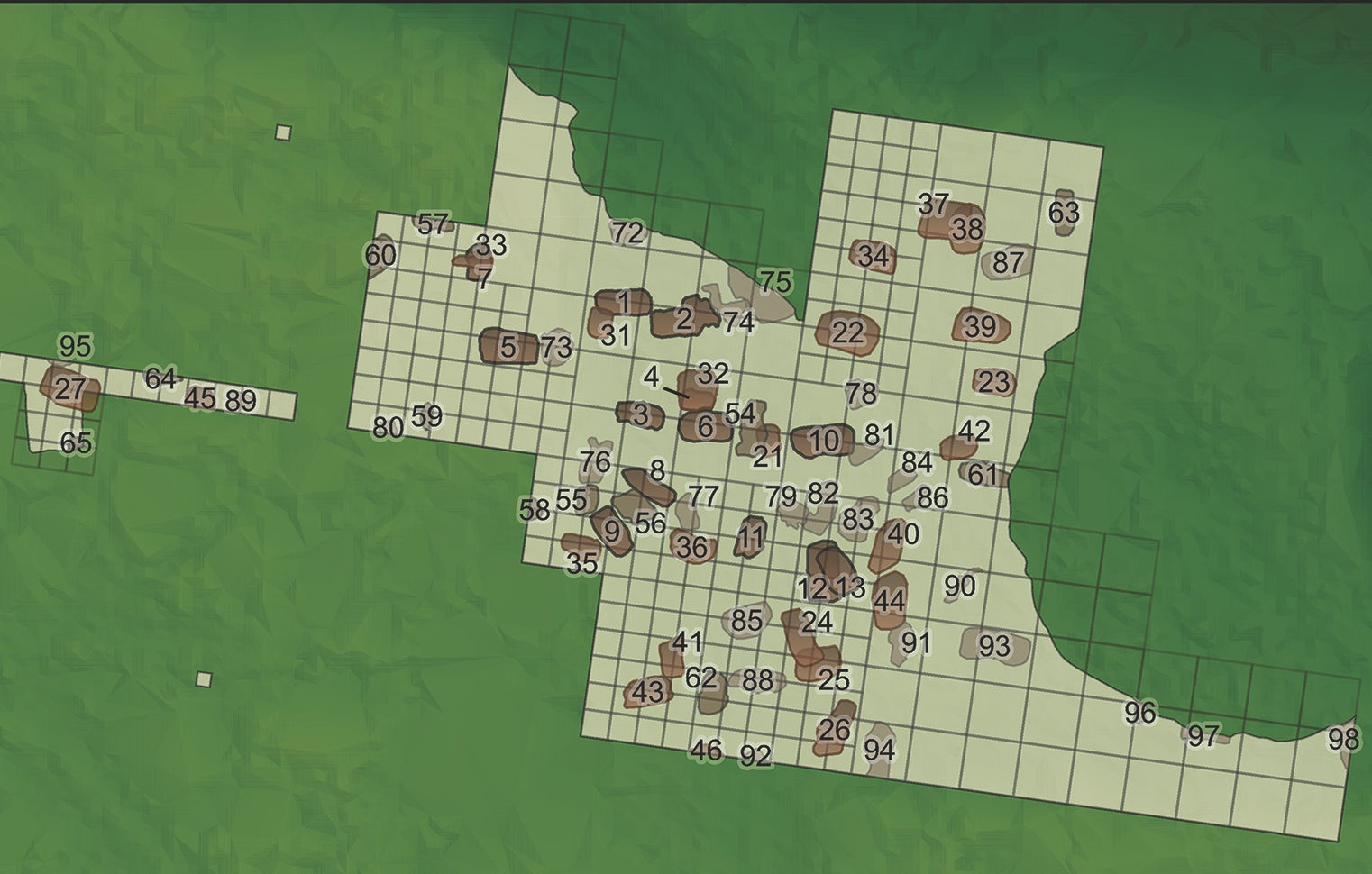 A graphic showing some of the pits, rasterized based on their resemblance to burials.
A graphic showing some of the pits, rasterized based on their resemblance to burials.
The use of red ochre in burial contexts is well-documented in Neolithic sites, including Çatalhöyük in Turkey, where evidence suggests the dead were exhumed and painted with red ochre and cinnabar. The presence of red ochre in 23 of the Tainiaro pits strengthens the interpretation of the site as a cemetery.
However, the presence of ash and charcoal in some pits introduces ambiguity. While this might suggest hearth usage, the researchers note the lack of burning evidence in the majority of pits. Those pits containing burnt material also lack characteristics typically associated with hearths, leading the team to favor the burial site hypothesis.
Further investigation is crucial to confirm the site’s purpose. “For the time being, however, the notion that a large cemetery seems to have existed near the Arctic Circle should cause us to reconsider our impressions of the north and its peripheral place in world prehistory,” the researchers state.
New research methods, including analyzing soil samples for fossilized hair and ancient DNA, could provide definitive evidence for the burial interpretation. “New soil samples could be analyzed for fossilized hair, which has been found in Stone Age graves in recent years,” Hakonen adds. “Chemical analyses, such as the collection of ancient DNA directly from the soil, may provide unequivocal evidence for the burial interpretation or reveal entirely new findings that will guide our understanding of the Stone Age society to an even more fascinating direction.”
With the vast majority of the Tainiaro site remaining unexcavated, further research promises to unveil a more complete picture of this remarkable Neolithic site and its significance within prehistoric northern societies. Excavating the remaining four-fifths of the site could significantly enhance our comprehension of this complex Stone Age community. The study was published in Antiquity (https://doi.org/10.15184/aqy.2023.160).



